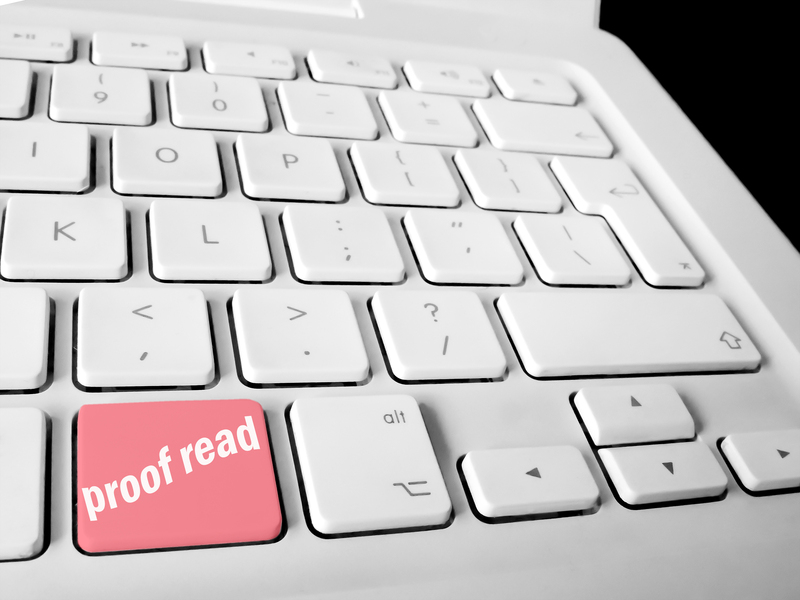Make Room for Life by Embracing Clutter Removal and Hoarder Clean Up
Introduction: The Life-Changing Power of Clutter Removal
Have you ever walked into a room and felt burdened by the sheer volume of possessions, papers, and miscellaneous items occupying every surface? Clutter has a remarkable power to steal not only our physical space but also our peace of mind. Embracing clutter removal and hoarder clean up isn't simply about tidying up--it's about making room for life, creativity, and genuine wellbeing. In this article, we will journey through the benefits, strategies, and psychological factors behind effective decluttering, and provide practical solutions to reclaim your space for what truly matters.

Understanding Clutter: Beyond a Messy Room
Clutter often begins innocently enough: the unopened mail, outdated electronics, or stacks of old magazines are quietly stashed away for later. Yet, as months or years pass, these items can multiply, turning once-inviting areas into stressful zones. Clutter removal is an intentional act of addressing these accumulated belongings, whether minor mess or major overload, to restore and preserve a harmonious living environment.
- Clutter: The general accumulation of items that obstructs and disrupts everyday living spaces.
- Chronic disorganization: When clutter becomes uncontrollable and impacts daily function over time.
- Hoarding disorder: A recognized condition where the persistent difficulty of discarding possessions leads to overstuffed living spaces, often at the expense of health and safety.
The Difference Between Clutter and Hoarding
While all hoarding involves clutter, not all clutter is indicative of hoarding. Hoarding is a complex psychological condition typically characterized by compulsive accumulation and severe difficulty discarding items, regardless of their value. Effective hoarder clean up addresses unique challenges, often requiring professional support, sensitivity, and specialized cleaning solutions.
How Clutter and Hoarding Affect Our Lives
The environments we inhabit shape how we feel and function. Excessive clutter and unmanaged hoarding don't merely cramp rooms--they can impact mental health, relationships, and even physical safety in profound ways:
- Emotional toll: Clutter induces stress, anxiety, and feelings of overwhelm. For those dealing with hoarding, embarrassment and shame often worsen social isolation.
- Physical health risks: Piles of clutter create tripping and slipping hazards, block emergency exits, and accumulate dust, mold, and allergens.
- Hindered productivity: Unmanageable spaces make it hard to concentrate, locate essentials, or accomplish daily tasks efficiently.
- Financial cost: Lost valuables, missed bills, and frequent replacements due to misplaced items can all chip away at your wallet.
Breaking the cycle by embracing clutter removal or arranging a thorough hoarder clean up can dramatically improve mood, raise a home's value, and restore a sense of pride and possibility.
Benefits of Decluttering and Hoarder Clean Up: Making Room for Life
- Enhanced wellbeing: Neat, open spaces are linked to reduced stress and improved happiness.
- Improved safety: Clear walkways reduce the risk of falls, and organized spaces catch fire hazards before they develop.
- Greater efficiency: No more wasted time searching for keys, tools, or paperwork.
- Healthier environment: Less dust, mold, and pests means easier breathing and cleaner living.
- Social freedom: Enjoy entertaining guests without embarrassment and reconnect with loved ones in your home.
Whether you're tackling stacks of paperwork or embarking on a full-scale hoarder clean up, every item discarded is a step toward a brighter, healthier future.
How to Approach Clutter Removal: Step-by-Step Guide
The process of clutter removal shouldn't be viewed as a one-time event, but an ongoing lifestyle shift. Here's how to get started:
1. Set Clear Goals
- Decide which rooms or areas need attention first.
- Envision the ideal function and feel of each space.
2. Create a Systematic Plan
- Block out time on your calendar for clutter tackling--not just the act of cleaning, but sorting and decision-making.
- If facing a hoarding situation, consider enlisting family, friends, or professionals to ensure safety and emotional support.
3. Sort Items into Categories
- Keep: Useful, meaningful items you truly need.
- Donate: Items in good condition that you no longer use.
- Recycle: Paper, plastics, and e-waste that don't belong in landfills.
- Dispose: Broken, expired, or otherwise unusable items.
4. Develop Organization Systems
- Store items in clearly labeled bins or shelves.
- Use vertical space, drawer organizers, and under-bed storage to maximize efficiency.
5. Commit to Regular Maintenance
- Institute a "one in, one out" rule to prevent new clutter.
- Schedule periodic cleanouts (seasonally or yearly) to reassess belongings.
Addressing Hoarding: Specialized Clean Up for Lasting Change
Hoarder clean up goes beyond ordinary cleaning. It demands empathy, patience, and comprehensive planning. Hoarding often co-occurs with mental health issues such as anxiety disorders, depression, or OCD, making the process emotionally fraught. Here's what to keep in mind:
1. Prioritize Safety
- Wear protective gear, especially when dealing with biohazards, mold, or sharp objects.
- Clear exit routes before tackling smaller messes.
2. Seek Professional Help
- Consider hiring specialized hoarder clean up services that follow health and safety standards.
- Work with therapists or counselors familiar with hoarding disorder for compassionate support.
3. Respect Emotional Attachment
- Support, don't shame. Recognize the strong emotional bonds individuals may have with their belongings.
- Allow the person to be part of decision-making as much as possible.
4. Facilitate Community Resources
- Local non-profits, health departments, or social workers may provide resources and follow-up assistance.
Remember, successful hoarder clean up is about progress, not perfection. Celebrate each victory, no matter how small.
The Psychological Roots of Clutter and Hoarding
Why is it so hard to let go? Our possessions are often woven into the fabric of our identities, carrying memories and hopes. For those with hoarding disorder, letting go may feel like erasing pieces of themselves. Recognizing these deep ties--and offering compassionate clutter removal--is essential.
- Sentimental attachment: Items serve as tangible links to personal or familial history.
- Fear of future need: "What if I need this someday?" prevents many from purging possessions.
- Anxiety and trauma: Major life events or stress may amplify compulsive acquiring behaviors.
Understanding these causes can help foster empathy and patience through the clutter removal journey.
Practical Tips for Sustaining a Clutter-Free Home
- Daily "reset" rituals: Tidy up common areas each evening to prevent messes from snowballing.
- Adopt minimalism: Embrace a lifestyle that prioritizes quality over quantity.
- Mindful purchasing: Pause before every buy--does it serve a real purpose?
- Designate "clutter zones": Place baskets or bins in key areas to corral incoming items for regular review.
- Engage the whole household: Make organizing and decluttering a shared family activity.
Clutter will always accumulate if left unchecked. By incorporating clutter removal and regular hoarder clean up protocols into your lifestyle, you can keep your home welcoming and functional for years to come.
When to Call in the Pros: Professional Clutter Removal and Hoarder Clean Up Services
Sometimes, the scale or emotional weight of clutter and hoarding is simply too much to handle alone. Professional clutter removal services and hoarder clean up teams bring unique advantages:
- Efficient, organized, and compassionate handling of large jobs
- Safe disposal and recycling of hazardous or oversized items
- Restoration of homes to safe, functional condition
- Discretion and respect for client privacy
When the task seems overwhelming, or if health and safety are at risk, partnering with experts ensures a thorough, stress-free transformation.

Real-Life Transformations: Inspiration from Clutter Removal and Hoarder Clean Up
Countless individuals and families have reclaimed their lives by embracing clutter removal and hoarder clean up solutions. Here are just a few inspiring examples:
- Mary's Apartment: Years of accumulated clothing and books made it impossible to host friends. With the help of her family and a professional organizer, Mary transformed her apartment into a serene, inviting space--and reignited her social life!
- The Johnson Family's Home: After a family member was diagnosed with hoarding disorder, they reached out to a specialized clean up team. The process was emotional, but by involving counselors and sticking to a step-by-step plan, the home became safe and welcoming again.
- Senior Support: Many older adults benefit from downsizing services to help clear decades of possessions, making aging-in-place safer and more enjoyable.
Each story echoes the same message: making room for life is possible with the right plan, resources, and support network.
Conclusion: Open Your Door to a Brighter, Clutter-Free Future
Sweeping away clutter and embracing hoarder clean up isn't just about spotless spaces--it's about unlocking your home's potential, reducing stress, and enriching your quality of life. Make room for life today by taking small, manageable steps to regain control over your environment. Whether you do it yourself or enlist the support of friends, family, or professionals, your journey toward a peaceful, functional, and vibrant home begins now.
Take the first step. Open space, open heart, open life.